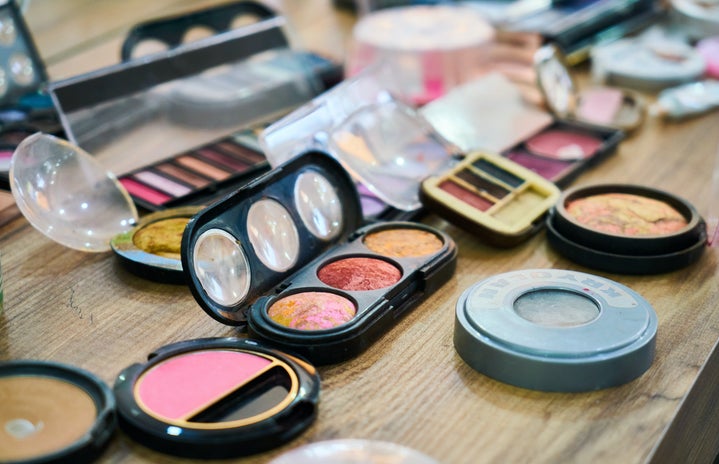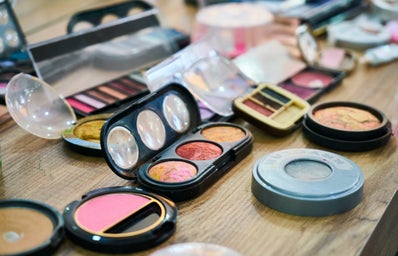To think that 10-year-olds today are thinking about wrinkles is like saying 50-year-olds are worrying about what time they’re going to the playground this afternoon – bizarre, right? Well, it’s a phenomenon we’re seeing all over social media as young girls today are finding more entertainment in skincare and makeup than in traditional toys. I only thought about “skincare” at that age because my mom followed me all around the beach trying to get me to put on sunscreen. I became conscious of its importance when acne came into the picture many years later. My skincare now, at 19, consists of maintaining a clear face; nothing related to wrinkles or anti-aging creams, as it should be.
So, if my worries at 10 were about gymnastics practice, rainbow looms, and battling out my curls everyday, why are young girls today worried about which serums, retinols and moisturizers they’ll include in their “get-ready-with-me’s” that week?
As a kid, you want to act, look, and feel older than you actually are. When I was young, the way to do this was to try and dress like my older friends, which meant attempting (and failing) to wear a strapless bikini top at the pool. It just looked weird and out of place. Instead of being exposed to the Triangl swimwear movement, kids now are seeing reviews of infinite brands of skincare and makeup used by different kinds of women all over the world. The problem is that wearing a bikini top that was a couple sizes too big wasn’t actually going to affect me in the long run, whereas these girls’ bodies are not physically prepared to be exposed to certain chemicals and substances found in these creams. They are just buying whatever’s popular on TikTok and adding on to an already-too-long skincare routine before even knowing what skin type they have. And all of this just to keep up with trends, not fall behind with their friends, and get that feeling of belonging.
So now, we see swarms of 5th-graders invading Sephora demanding for the newest Drunk Elephant Bronzing Drops, The Ordinary Hyaluronic Acid and Vitamin C Serum, and so much more. Employees struggle with knowing how to manage these groups of girls who appear to know more than they do, throw tantrums when collections sell out, and go in the store having way too much money to spend on products they genuinely and physiologically do not need. However, looking at the brands’ side, the way they are benefiting from this phenomenon is a beautiful, very profitable coincidence. Let’s dive deeper.
Brands that sell products in stores like Ulta and Sephora are normally marketing towards young adults or older women looking for high-quality products and good customer assistance in the search for the perfect foundation, to name one. Companies title their products with adjectives like flawless, everlasting, fabulous, sophisticated, luxurious, confident, the list goes on. These smart word-choices are directed towards women who want to feel young and attractive again, not 10-year-olds who want to buy whatever pops up first in their FYP. The magic of social media! Some would argue that hiring certain models or public figures to be the face of a brand is a marketing tactic to reach the youngest audience, but honestly, these strategies are getting to all the targets involved, younglings included, and brands are benefitting more than ever.
I could go into all the different factors that play into this advertising phenomenon for hours (I am a marketing major, at the end of the day), but for now, I’ll leave with a food-for-thought question: When you were 10 years old, what was your Sephora? Ulta? Your “mom-I-NEED-to-get-this”? Now the actual question: Where do you think these influences came from? Clearly not TikTok, at least in my case, but how did all our obsessions reach our lives? And did we ever really get over them? Or wouldn’t we all go crazy for a Rainbow Loom party today?


